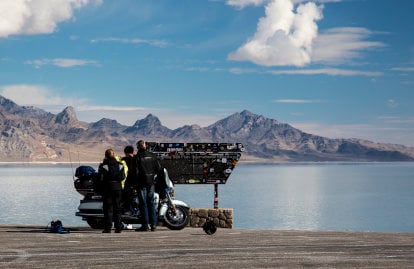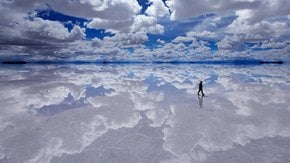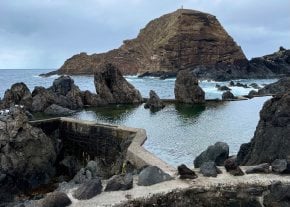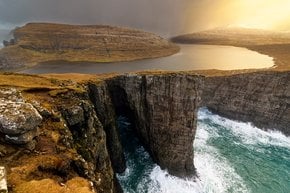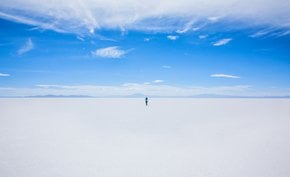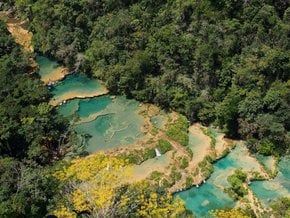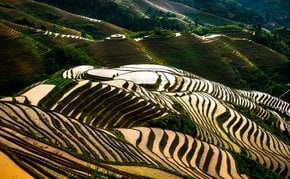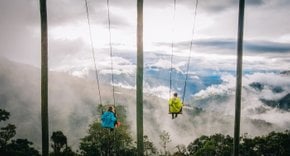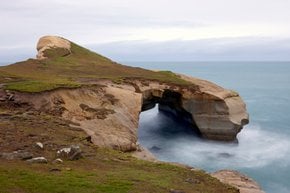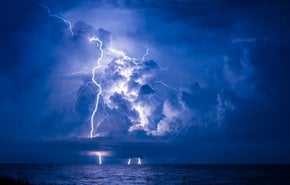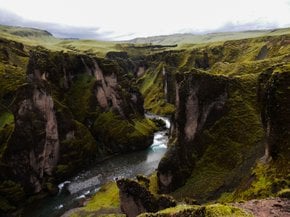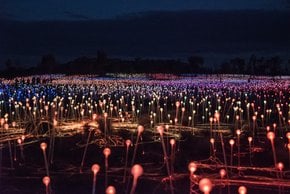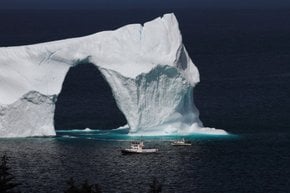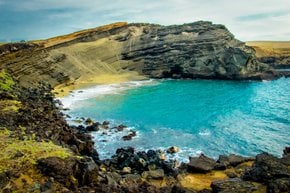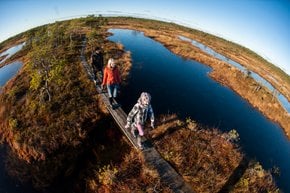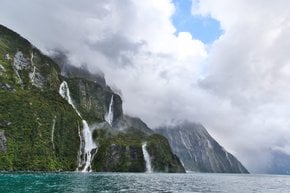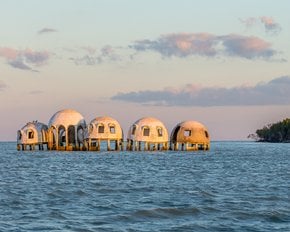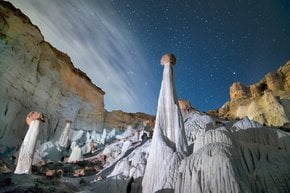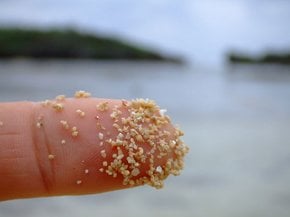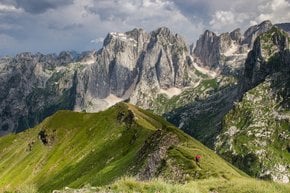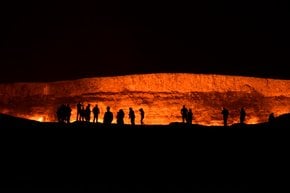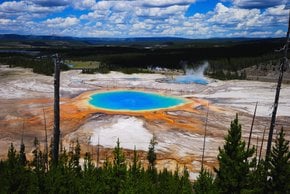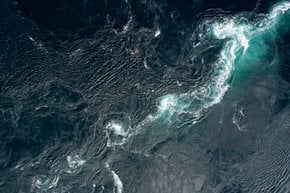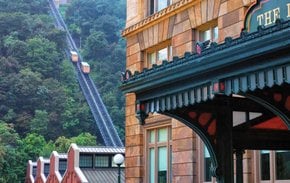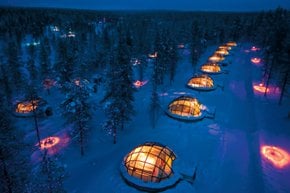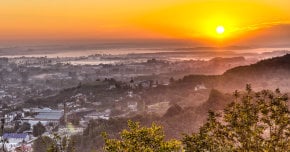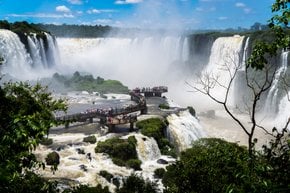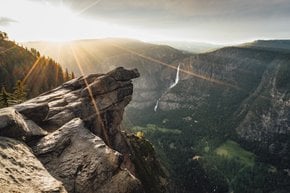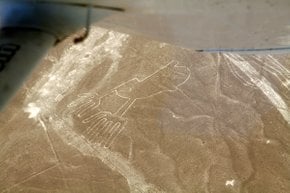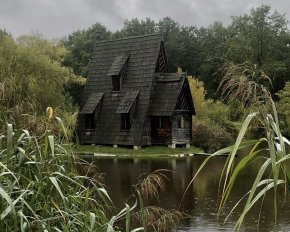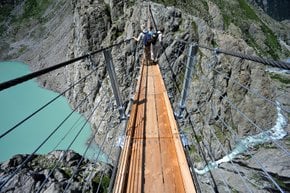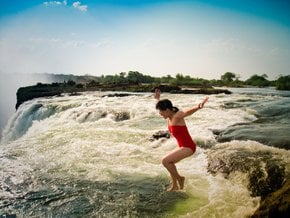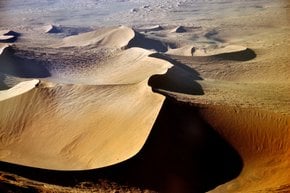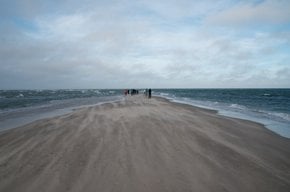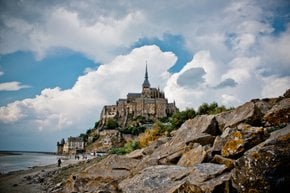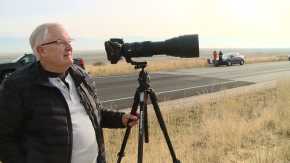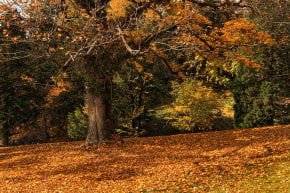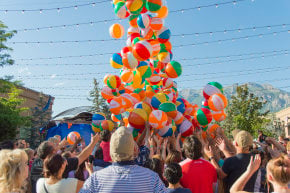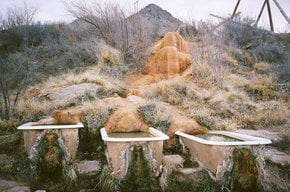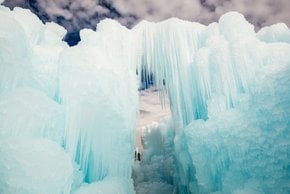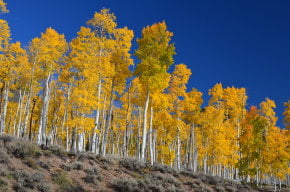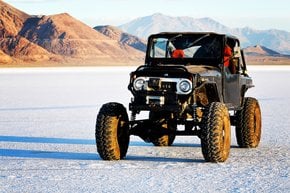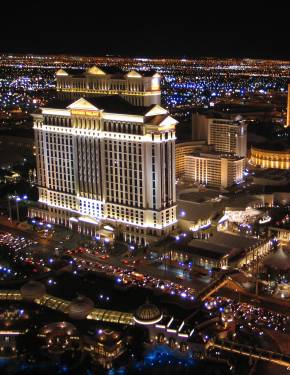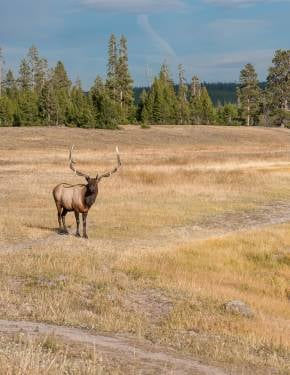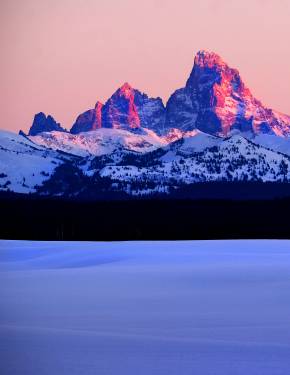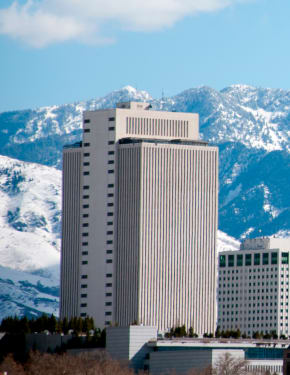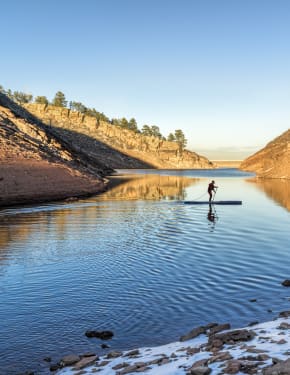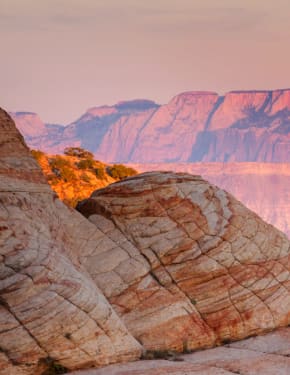Dry Bonneville Salt Flats in Utah 2026
Step into a surreal wonderland where endless white horizons, shimmering mirages, and thrilling land-speed adventures create an unforgettable experience
Best time: late July–October
The Bonneville Salt Flats stands as one of North America's most extraordinary landscapes, drawing countless visitors to experience its surreal beauty. Located in Utah, this expansive natural wonder spans over 30,000 acres, with its glistening salt crust resembling a delicate layer of snow, even under the summer sun. Renowned for its uniqueness, this geological marvel continues to captivate travelers and nature enthusiasts alike.
More About the Salt Flats
The Bonneville Salt Flats stand out as a truly one-of-a-kind natural formation. Spanning 12 miles in length and 5 miles in width, this expansive salt crust, estimated to contain 147 million tons of salt, is a mesmerizing feature of Utah's landscape. Located 120 miles west of Salt Lake City in Tooele County, the 30,000-acre flats occupy the western edge of the Great Salt Lake Basin. Like the Great Salt Lake itself, these flats are the remnants of the ancient Lake Bonneville, a vast prehistoric lake that dominated over a third of Utah between 10,000 and 32,000 years ago, leaving behind this breathtaking expanse of white.
Best Time to Visit
The Bonneville Salt Flats are open to the public for recreational activities throughout much of the year. However, motor vehicle access is restricted during the spring, as the surface becomes too moist or waterlogged to support safe use. From late July to October, the water evaporates, and natural forces, such as wind, create a perfectly smooth and hardened surface, ideal for driving and other activities. During this dry season, however, sudden thunderstorms can occasionally lead to temporary closures to protect the flats and ensure safety.
Speed Events
The Bonneville Salt Flats serve as a versatile venue for numerous activities, ranging from land speed racing and archery competitions to running events, photography, videography, and scientific research. One of the most iconic traditions is Speed Week, held each August at the Bonneville International Speedway. During this event, racers with all types of vehicles—cars, trucks, and motorcycles—take to the salt in an attempt to break land speed records.
Another highlight is the Bonneville Motorcycle Speed Trials, occurring at the end of August. This premier motorcycle racing event welcomes both rookie riders on street and off-road bikes and seasoned professionals chasing world records. The thrill is unmatched, with speeds so extraordinary they're almost surreal.
The excitement continues with the World of Speed event, typically held in early September. Participants push the limits of their vehicles, achieving breathtaking speeds that seem to defy gravity. While the racers may stay grounded, the sensation of flying across the gleaming salt is unforgettable.
Weather
The Bonneville Salt Flats are barren of vegetation due to their extremely high salinity and desert-like climate, which creates challenging conditions for any plants or animals to thrive. In the summer, temperatures can soar to 40°C (104°F), but the intense heat produces an extraordinary natural phenomenon: mirages. When the heat rises, light waves bend over the salty terrain, creating an optical illusion of shimmering water or a retreating lake in the distance. These captivating illusions are a visual delight, but visitors should take care to stay hydrated and protected from the harsh sun while marveling at this unique effect.
Best Location for Viewing the Salt Flats
For a prime view of the Bonneville Salt Flats, head to the Salt Flats Rest Area near milepost 10. Park your vehicle and stroll onto the crunchy, salty terrain to immerse yourself in the unique landscape. Be cautious, especially in sandals, as the salt crystals can be sharp underfoot.
Another excellent vantage point is along I-80, just east of Wendover, where another rest area provides restrooms and drinking water. From here, the flats stretch endlessly to the east and south, creating a surreal, uninterrupted horizon. To the north and west, low-lying mountains punctuate the flat expanse, appearing to float above the shimmering surface—a truly mesmerizing sight.



